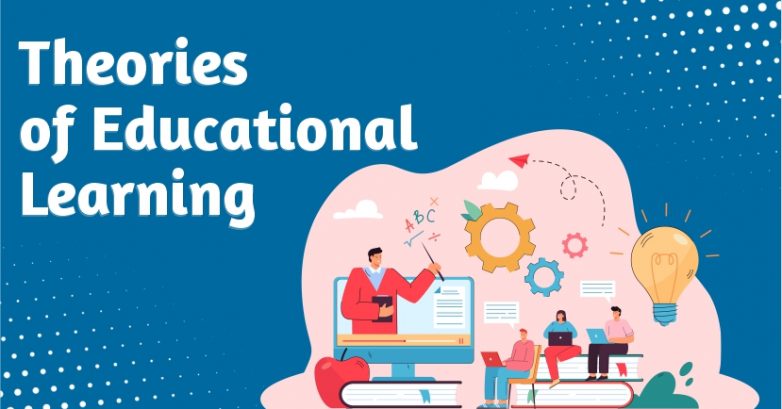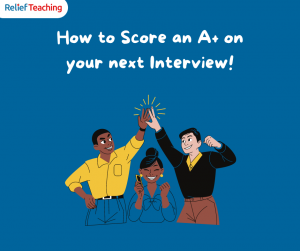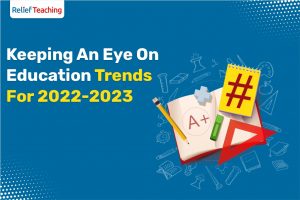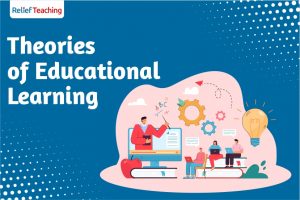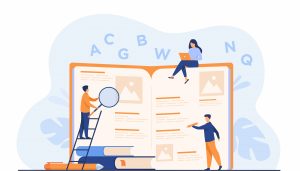5 Theories of Educational Learning
Big theories are fun to investigate and save for smart conversations for inquisitive teachers. Especially if it is something you can put into practice – perhaps in your work? You may have heard of the following educational learning theories while working as a casual relief teacher: cognitive theory, behaviorism, constructivism, humanism, and connectivism.
But can you recall what they were concerning and how you may use these theories in your learning & development programs?
Continue reading for some inspiration.
What Are Learning Theories?
Comprised of a mixture of ideas that explain how unique brains process learning is referred to as learning theories.
What is the significance of learning theories? As we mentioned at the start, learning is somewhat customized. Your team member’s method of receiving, processing, and retaining information may differ from yours.
That is why educational learning theories are so crucial. These many learning theories are typically referenced in the context of a temporary relief teacher working with a class of students — as opposed to corporate or workplace training.
Learning theories, on the other hand, apply outside of formal schooling, and understanding them allows you to present knowledge to your immediate supervisors or group members in the most understandable way for them.
What Are The Five Main Educational Learning Theories?
“In learning you will teach, and in teaching you will learn.”
― Phil Collins
That leads us to your next inquiry. What kinds of learning theories are there for relief teachers in Australia? There are quite a few. However, the following five are the core fundamentals of learning theory:
I) Behaviorism Learning Theory
Founder – Ivan Pavlov & BF Skinner
Behaviorism is only focused on observable stimulus-response behaviors, as they can be researched in a systematic and observable manner. Learning is built on a systematic system that “drills” knowledge into a student’s memory, as well as glowing reviews from relief teachers and the educational institution itself. If students do admirably, they receive positive reinforcement and are singled out for praise.
II) Cognitivism Learning Theory
Founder – Jean Piaget
Learning is dependent on both external variables such as knowledge or data and internal mental processes. This theory, developed in the 1950s, departs from behaviorism to emphasize the role of the mind in learning. In cognitive psychology, learning is regarded as knowledge acquisition: the learner is an information-processor who collects information, performs cognitive operations on it, and stores it in memory.
III) Constructivism Learning Theory
Founder – Lev Vygotsky
The learner “constructs” new knowledge by building on prior learning and understanding. As per psychology, the inactive view of education considers the learner as an ’empty vessel’ to be filled with learning, whereas constructivism says that learners construct meaning only via active interaction with the world such as experiments or real-world problem-solving.
IV) Humanism Learning Theory
Founder – Abraham Maslow
A “learner-centric approach” in which potential is prioritized before method or materials. Humanism focuses on establishing an atmosphere conducive to self-actualization, based on the belief that humans are intrinsically good. As a result, learners’ needs are satisfied, and they are free to set their own goals, with the instructor assisting them in attaining those goals.
V) Connectivism Learning Theory
Founder – Stephen Downes & George Siemens
Connectivism, influenced by the digital age, deviates from constructivism by finding and filling knowledge gaps. Connectivism, which is heavily affected by technology, emphasizes a learner’s ability to routinely source and modify accurate knowledge. Understanding how and where to find the greatest information is just as crucial as having it.
How To Apply Learning Theories In Relief Teaching?
Relief teachers can create specific strategies and techniques to apply these learning theories in their classrooms. It is essential that a teacher learns as much as they can to educate, and be educated, in order to become familiar with a wide array of teaching methods and classroom management techniques. It is imperative that teachers gain a thorough understanding of learning theories in order to implement them effectively in the classroom.
An understanding of learning theories helps relief teachers in Sydney connect to all different kinds of students. In order to reach different types of students, teachers should focus on different learning styles. They can create teaching that directly addresses students’ needs and aptitudes.
Find out more about Relief Teaching and get a head start on your career.
